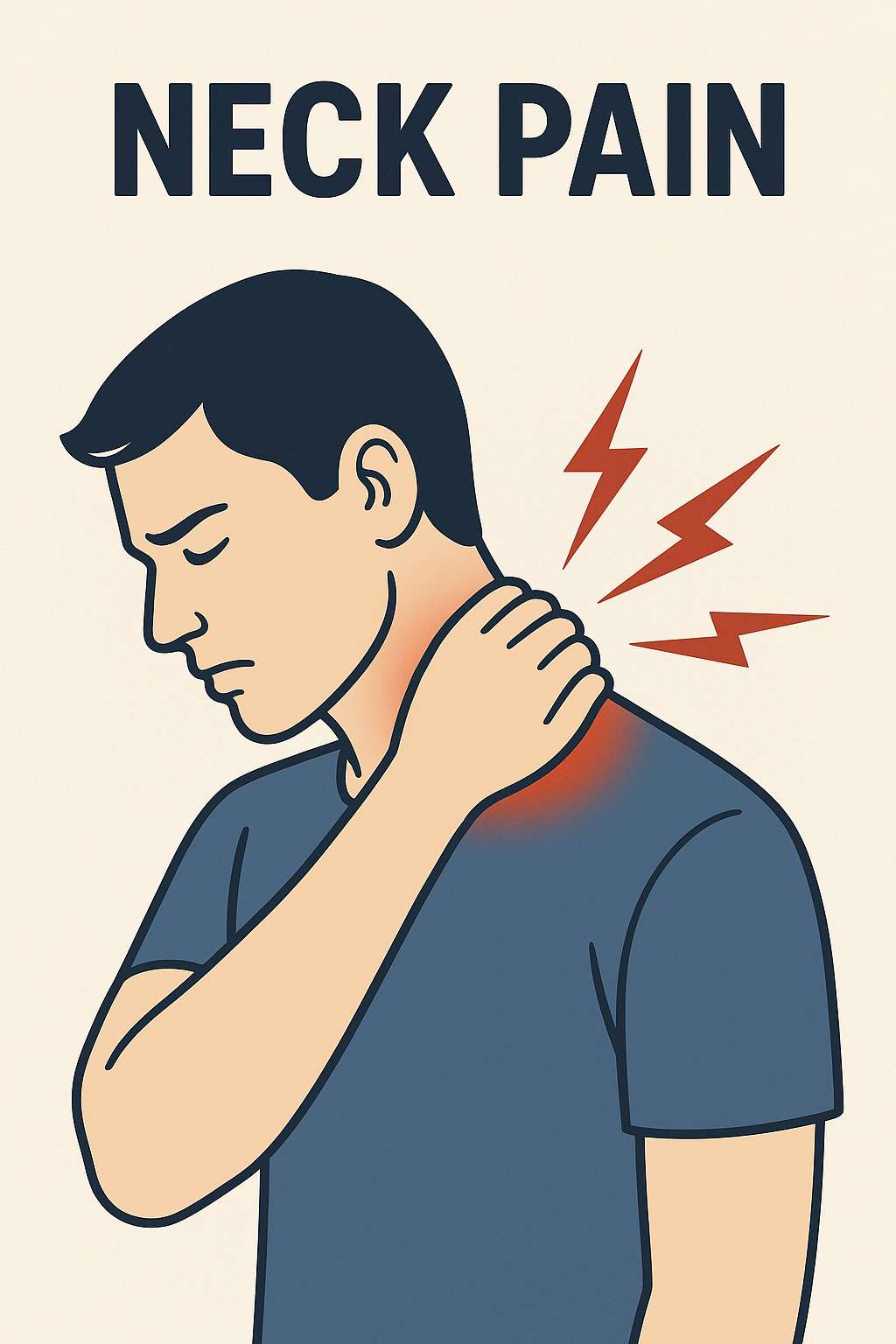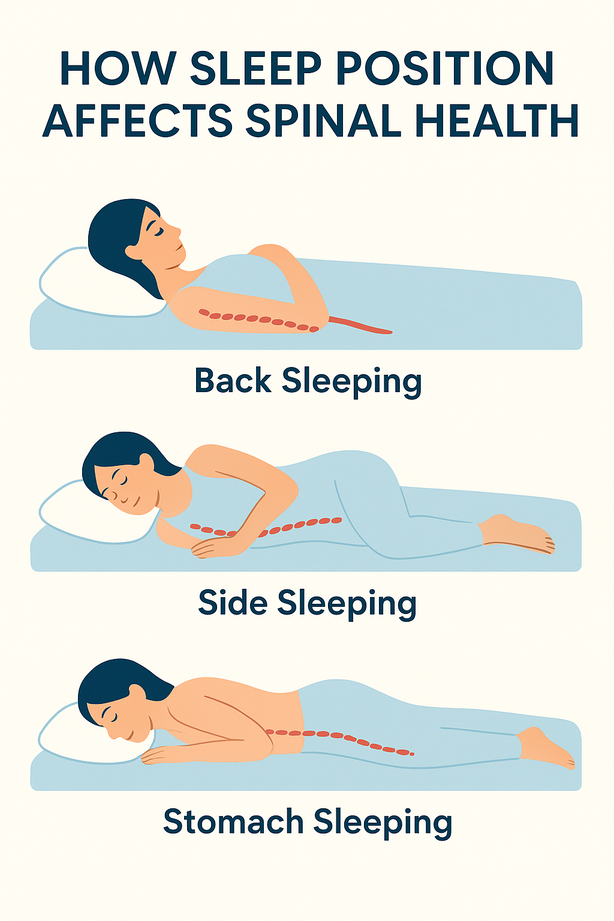Chiropractic Treatment and Recovery
Chiropractic care often works best when the stenosis is caused by disc irritation or inflammation. In these cases, reducing swelling can relieve pressure on the nerve and improve symptoms.
Examples of cases that respond well:
Case 1: A disc injury causes temporary swelling and nerve irritation. Once inflammation decreases, symptoms improve.
Case 2: Mild bony stenosis becomes aggravated by activity, leading to neck and arm pain. Chiropractic care can help reduce pain and restore mobility.
Cases that may not respond well:
When Surgery May Be Needed
If your symptoms do not improve with conservative care, your doctor may recommend decompression surgery. This procedure usually requires a short hospital stay and takes 4–8 weeks for recovery.
Why an Accurate Diagnosis Matters
Neck and arm pain can have many causes. Treating the wrong cause can delay recovery. A proper assessment—including physical examination and imaging when needed—ensures you get the most effective treatment plan.



